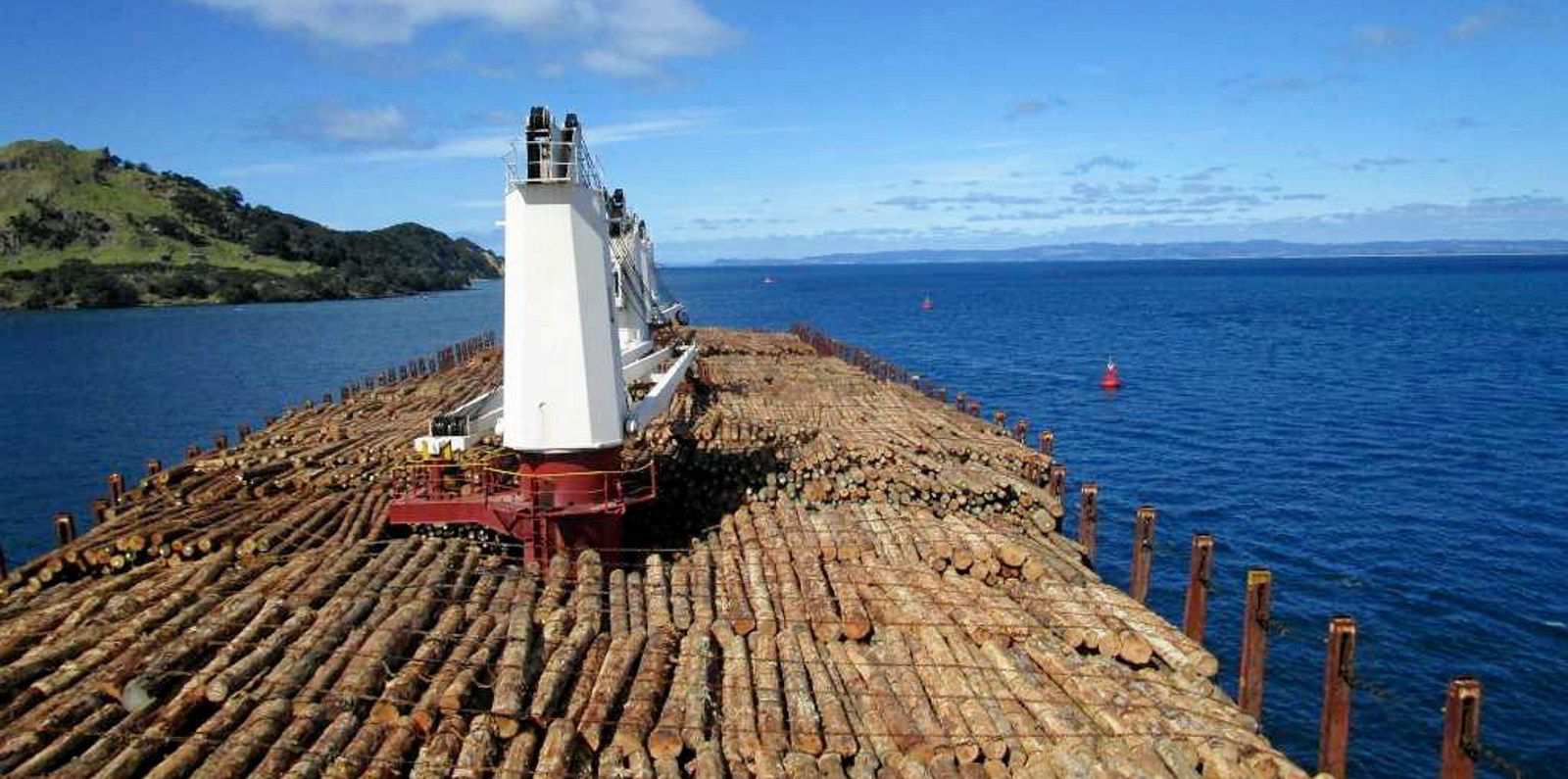Adjustments to Western Bulk Chartering’s trading position were outpaced by changes in the freight market during the first half of this year, causing the operator to book a loss for the period.
Mistimed trading tactics resulted in a loss on forward freight agreements (FFAs) and meant the bulker operator was unable to benefit from an upturn in the market as much as it might have done otherwise.
The Oslo-listed operator, which focuses on supramaxes, ultramaxes and handysize bulkers, reported a net loss before tax of $4.8m for the six months, down from $37.4m in profit a year ago.
Net time-charter revenue shrank to $7m, including a $2.7m loss on freight derivatives during the first half of 2023. This is down from $64.5m year on year, including a $1.6m gain on futures early last year.
In its interim report, Western Bulk said it reduced the size of its operated fleet and took a short position for the second quarter (Q2), which turned out to be mistimed when the market rose unexpectedly.
“In Q1 [the first quarter] the market was in contango with higher forward rates for Q2 than the spot market in Q1. The group had a clear expectation that the forward market would come down and took a short position for Q2 (more cargo than vessels),” the company explained in its interim report.
“For a short time, the Q2 market increased instead, and the position was reduced to limit losses. Consequently, the company did not benefit from the later market decline for Q2 to the same extent as originally expected and is the main reason for the low results in the first half of 2023.”
Average net time-charter equivalent (TCE) earnings were $9,718 per vessel per day during the first six months, compared to $62,904 per day in the same period of last year.
The net TCE margin per vessel day for the first half of 2023 fell to $310, compared to $3,158 for the same period in 2022.
Western Bulk began operating panamax bulkers again in late 2022 after a seven-year hiatus, but there was no mention of panamaxes in its interim report.
Western Bulk said the market this year has been depressed and is returning to normal seasonality, which means the company has been investing in volume and repositioning of vessels between basins.
The company operated 125 vessels during the six months on average, a dozen more than during the first half of last year. It said it will increase the size of its operated fleet “somewhat” during the final six months of 2023.
The company struck a more optimistic tone in its outlook for the rest of the year.
“Historically, the company has managed to generate about 7-11 % net TC margin from the average market levels and the company expects to end in the higher end of this in the second half of 2023 with forward freight agreements (FFA) indicating rates in the range of $10,000 per day,” the company said in its report.




